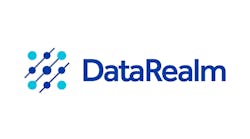One of the key projects in which SimSci-Esscor's simulation technology is now involved is the first industrial plant for the manufacture of SunDiesel fuel from wood. The plant is located in Freiberg/Saxony and has an annual fuel output of up to 15,000 tons. Developed in conjunction with DaimlerChrysler and Volkswagen, this is Choren's latest automotive fuel. SunDiesel has a higher cetane number and therefore much better ignition properties than conventional diesel. In addition, it is odor-free and sulphur-free, leading to a significant reduction in the emission of pollutants. The new fuel can be used without any need to adjust a car's existing infrastructure or drive systems and is largely neutral in terms of carbon dioxide.
"Our newly designed Excel engine for the PRO/II software has allowed Choren to successfully reuse its existing legacy code," said Alastair Fraser, Vice President of the SimSci-Esscor unit of Invensys Process Systems. "For example, the company has formulated process blocks such as the Fisher-Tropsch synthesis in Excel spreadsheets," he added.
According to Choren spokesperson Dietmar Rüger, this has been the great benefit of the new simulation software. "The ability to seamlessly integrate these calculations into recycle-intense PRO/II process flow sheets allows us to continue using our own proven calculation routines within the PRO/II engineering environment," he explained.
"There's no doubt that the Excel engine for PRO/II makes our software extremely versatile and especially interesting for niche markets such as the renewable energy sector," concluded Alastair Fraser.



